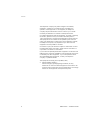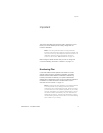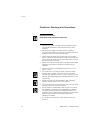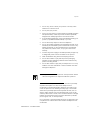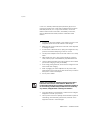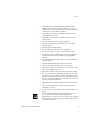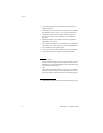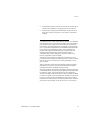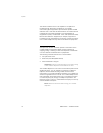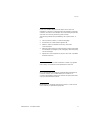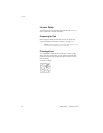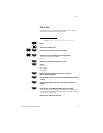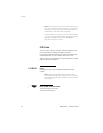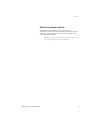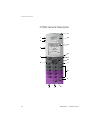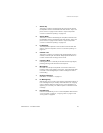
Important
MD Evolution – Cordless DT59016
This device has been shown to be capable of compliance for
localized specific absorption rate (SAR) for uncontrolled
environment/general population exposure limits specified in ANSI
IEEE Std. C95.1-1992 and had been tested in accordance with the
measurement procedures specified in FCC/OET Bulletin 65
Supplement C (2001) and IEEE Std. 1528- 2003 (December 2003).
Most modern electronic equipment (for example, equipment in
hospitals and cars) is shielded from RF energy. However, RF energy
from cordless telephones may affect some electronic equipment.
Chemical Resistance
The alpha and numeric characters printed on the exterior of the
cordless telephone have been tested and found resistant to
chipping, fading or wearing off when the telephone is treated with
common cleaners and disinfectants or perspiration.
The following chemicals have shown no harmful effect:
• 3% Hydrochloric Acid
• M-alcohol (70% Methylated Ethanol)
• 60% Chlorhexidin 0.5mg/ml
Important: Acetone can be damaging to the plastic casing
of the cordless telephone and should not be used.
The cordless telephone is one of the most innovative products ever
developed. With it, you can maintain connectivity to traditional
telephone services while remaining mobile around the work
environment. For the safe and efficient operation of your telephone,
observe the guidelines in this manual. Your cordless telephone is a
radio transmitter and receiver. When it is on it receives and sends
out radio frequency (RF) energy. The telephone operates in the
frequency range of 1921.5 to 1928.5 MHz and employs commonly
used modulation techniques.
Note: Read this information before using your cordless
telephone.



